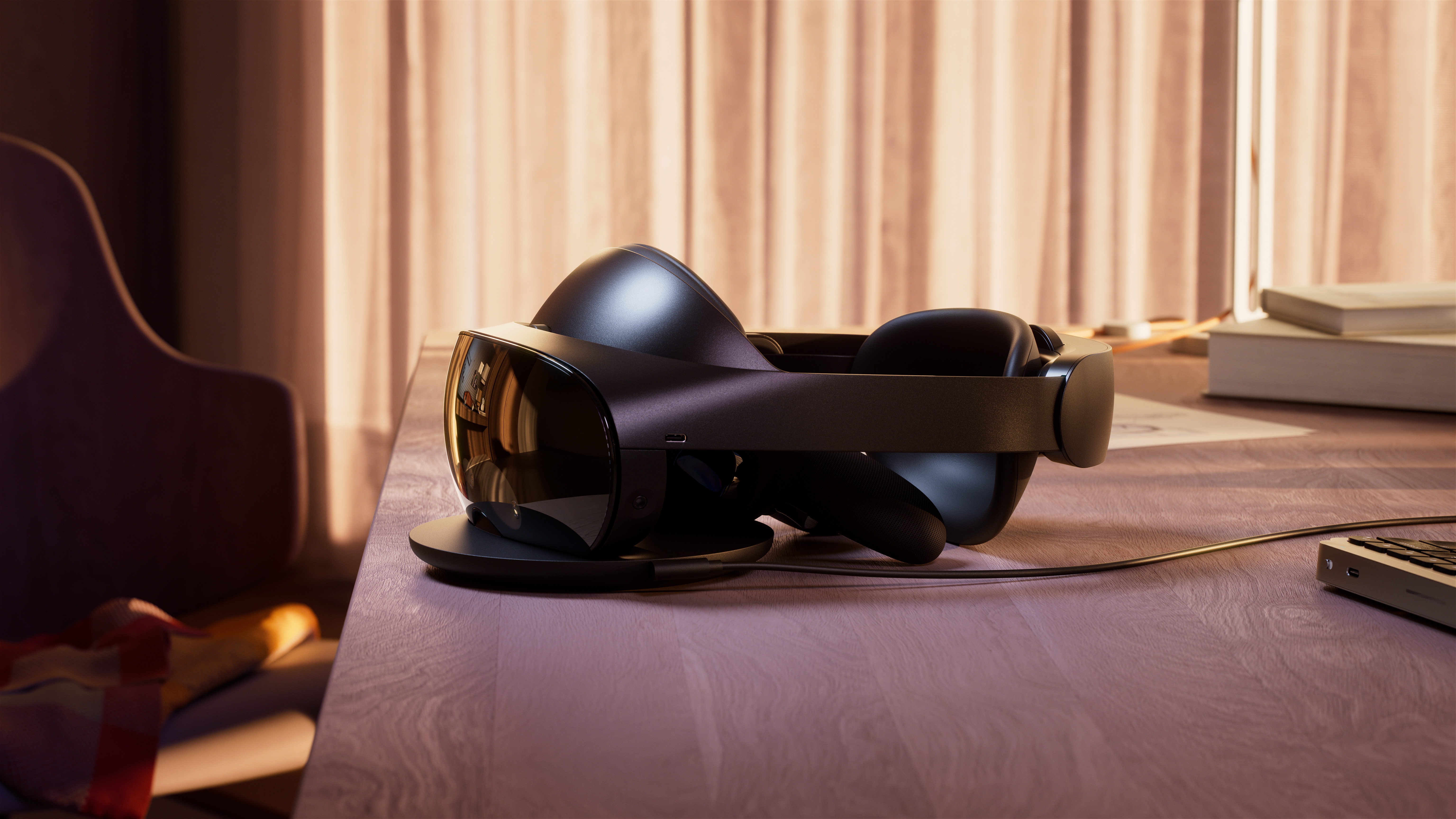
The Meta Quest Pro was almost definitely a flop. I say almost because we don’t have any official sales numbers to know for sure, but it’s never a good sign when a gadget gets a permanent price of a third off only five months after launch – shaving $500 / £500 / AU$720 off its originally $1,499.99 / £1,499.99 / AU$2,449.99 price.
You might think Meta would consider benching its high-end Quest line because of this failure – and there were rumors it did cancel one of its Quest Pro 2 projects – but following the massive and inescapable Apple Vision Pro launch there may be more of an appetite for high-end VR hardware.
So having looked at all the differences between the Apple Vision Pro and Quest Pro 2, and combing these with my experience testing VR headsets professionally, I’ve picked out the four Apple Vision Pro features I think the Meta Quest Pro 2 should steal for itself.
But to kick things off, let’s look at one feature it should scrap, eye-tracking.
Bye-bye eye-tracking, we hardly knew ya
In his pseudo-Meta Quest 3 ad comparing his company’s headset to the Apple Vision Pro – admittedly he makes some good points about why Quest is better – Meta CEO Mark Zuckerberg revealed that eye-tracking will return in future Meta headsets.
We kinda knew this already. Meta has previously said Quest Pro features would come to future Pro and non-Pro models down the line, but this is proper confirmation it’s coming. However, I’m here to say we don’t need to see it anytime soon.
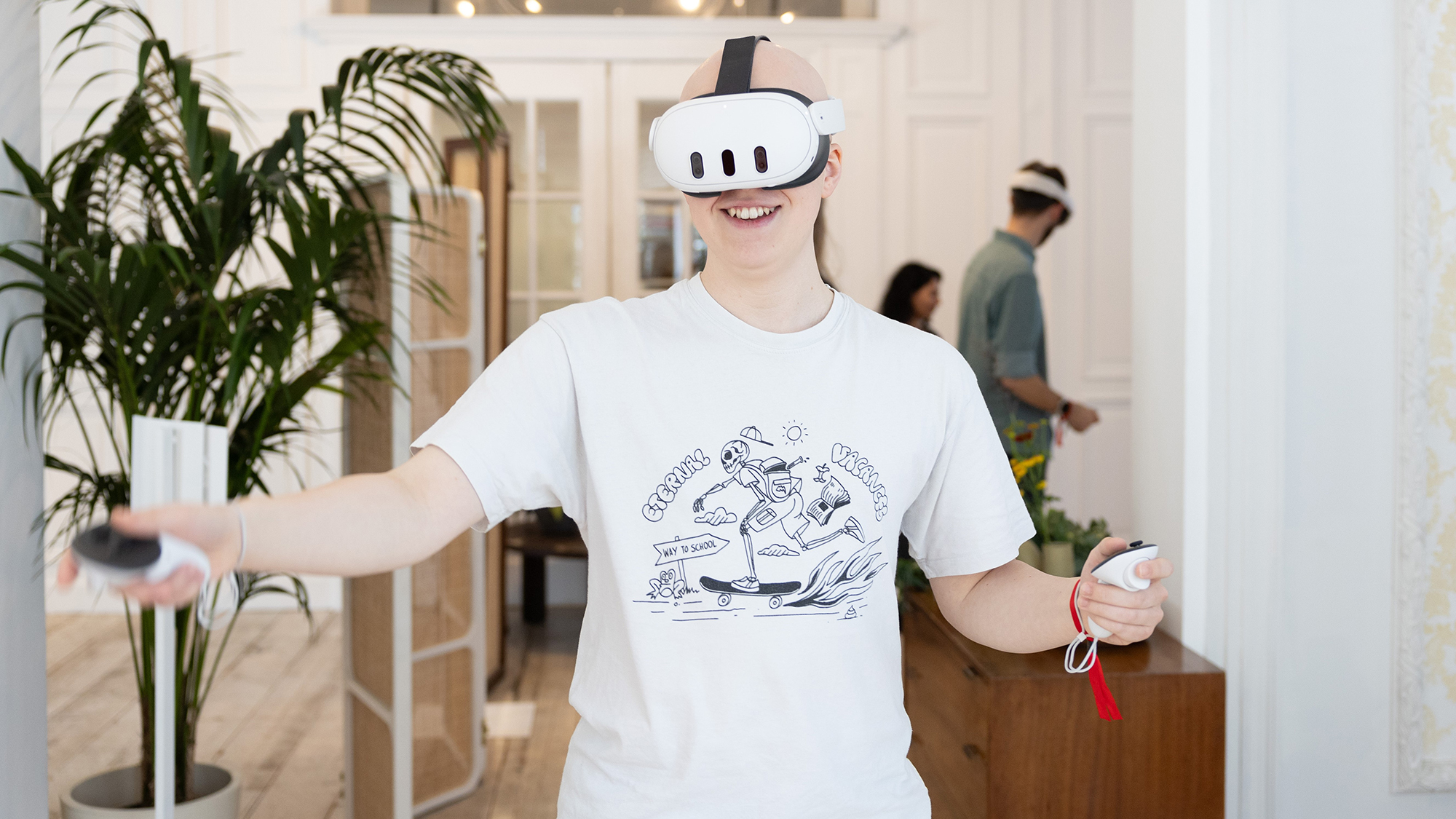
Eye-tracking on the Quest Pro is pointless. It’s only relevant to a handful of apps like Horizon Worlds and Workrooms where it makes your avatar look a little more expressive. Sure it’s neat, but I can count the number of times I’ve used it on half a hand and I use VR a lot.
The Vision Pro has started to make it a bit more relevant by incorporating eye-tracking into its hand-tracking system. But considering every entry in our Apple Vision Pro review roundup mentioned it wasn’t always reliable (our review, however, heaped some praise on its precision), it doesn’t sound like Apple’s hand-tracking system is functionally better than Meta’s eye-tracking-less hand-tracking system. So that’s another point against eye-tracking.
Instead, I’d much rather strip out this component to make cost and weight savings for more important and useful features like the ones I’m highlighting below.
If it is set to stay, then all I ask is we start to see more uses for it like foveated rendering – which has the headset only fully render the area you’re actively looking at to get more out of a headset’s processing power. The one or two standalone VR apps that use it have been compared to PCVR in terms of their graphics quality so maybe new software could prove my anti-eye-tracking stance wrong.
Way better passthrough
The biggest letdown of the first Meta Quest Pro was its passthrough. As Meta’s first standalone mixed reality headset, I had high hopes it would come out swinging – instead it tripped and face-planted.
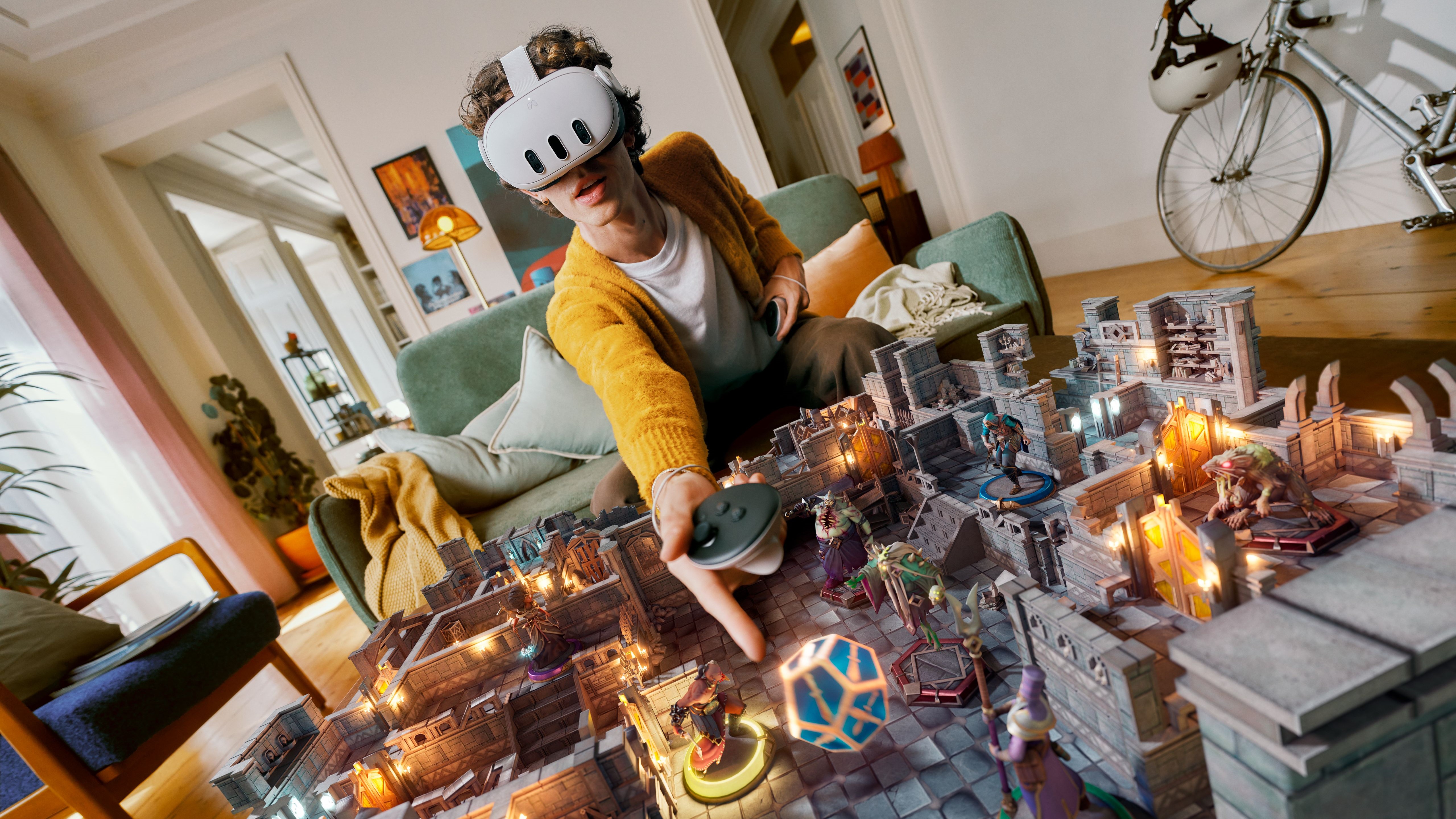
Virtual mixed reality looked fine, but unless you were in a super bright room, the real world looked grainy as heck (and even in optimal conditions it was far from perfect). It was as if the world had been recorded on a slightly worn VHS tape.
Meta greatly improved its headset's passthrough quality with the Meta Quest 3. While it’s still not life-like it is significantly better, and I’ve gone from using mixed reality basically never to pretty much every VR session.
The Meta Quest Pro 2 should take things up a notch yet again with even higher quality passthrough in terms of visual fidelity and latency. Quest headsets currently have around a 40ms delay between something happening and it appearing on screen, while the Vision Pro is nearer 12ms so there’s a lot of room for improvement still – lower latency should lead to mixed reality being less motion sickness-inducing.
4K OLED displays for each eye
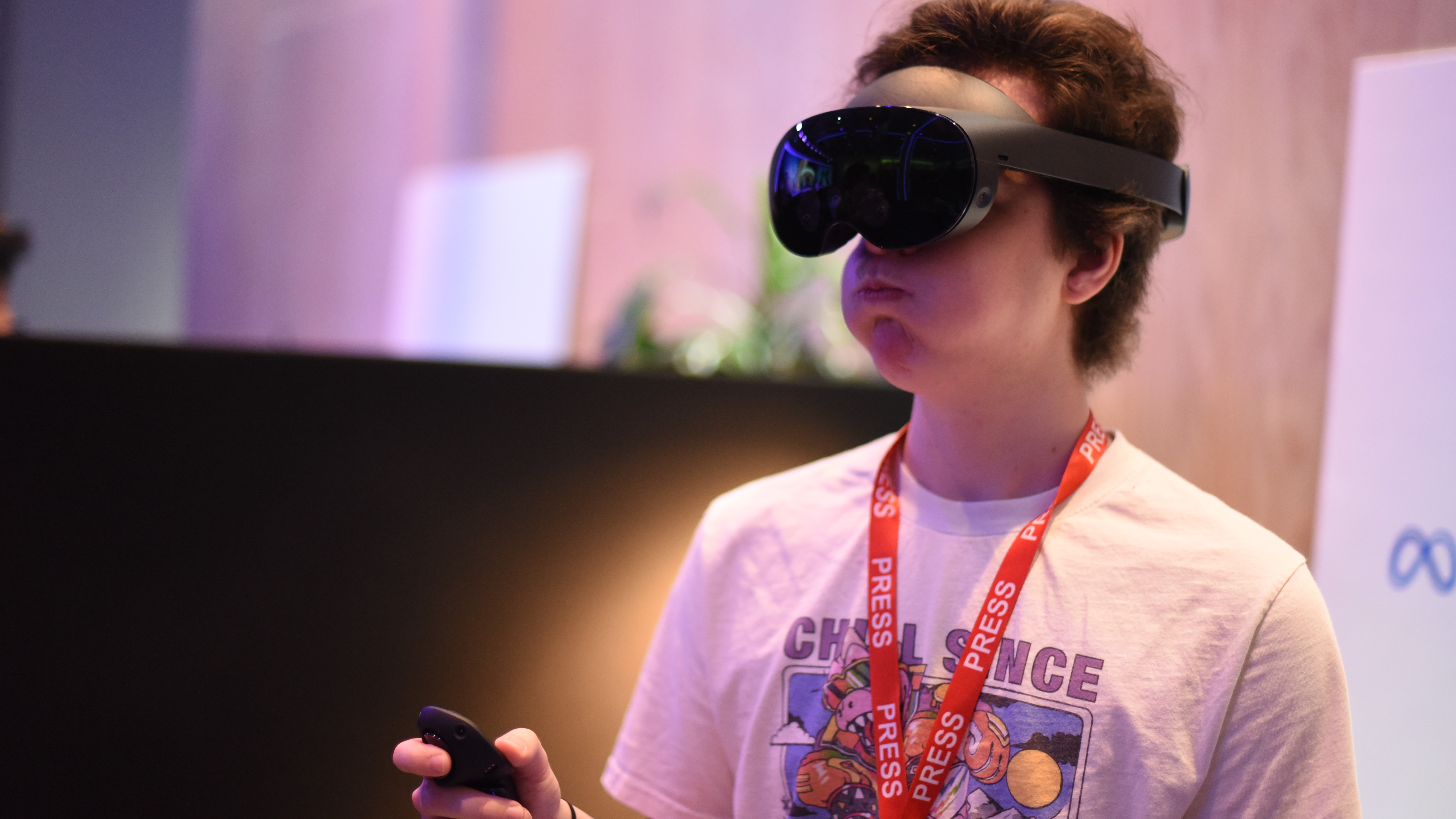
If I could take any Vision Pro feature and cram it into my Meta Quest 3, it would be the 4K OLED displays – it has one for each eye to dazzle you with crisp visuals featuring excellent black contrast.
I think the Quest 3’s two 2,064 by 2,208 pixel LCDs are more than fine for its price point but if and when the more premium Meta Quest Pro 2 releases, it’ll need to incorporate much better displays – ideally something similar to what the Vision Pro has.
There are rumors it will also support micro-OLED panels and I hope it does. If it doesn’t, I can see this being the biggest reason why Apple’s headset remains a preferred option for high-end XR gadget users.
More entertainment video apps
Almost nothing I’ve seen from the Apple Vision Pro isn’t doable on a Meta Quest 3 – and by extension the Quest Pro and a likely backwards-compatible Quest Pro 2 – in some way. The glaring exception is that the Vision Pro has a lot of TV streaming apps you can’t get on Quest
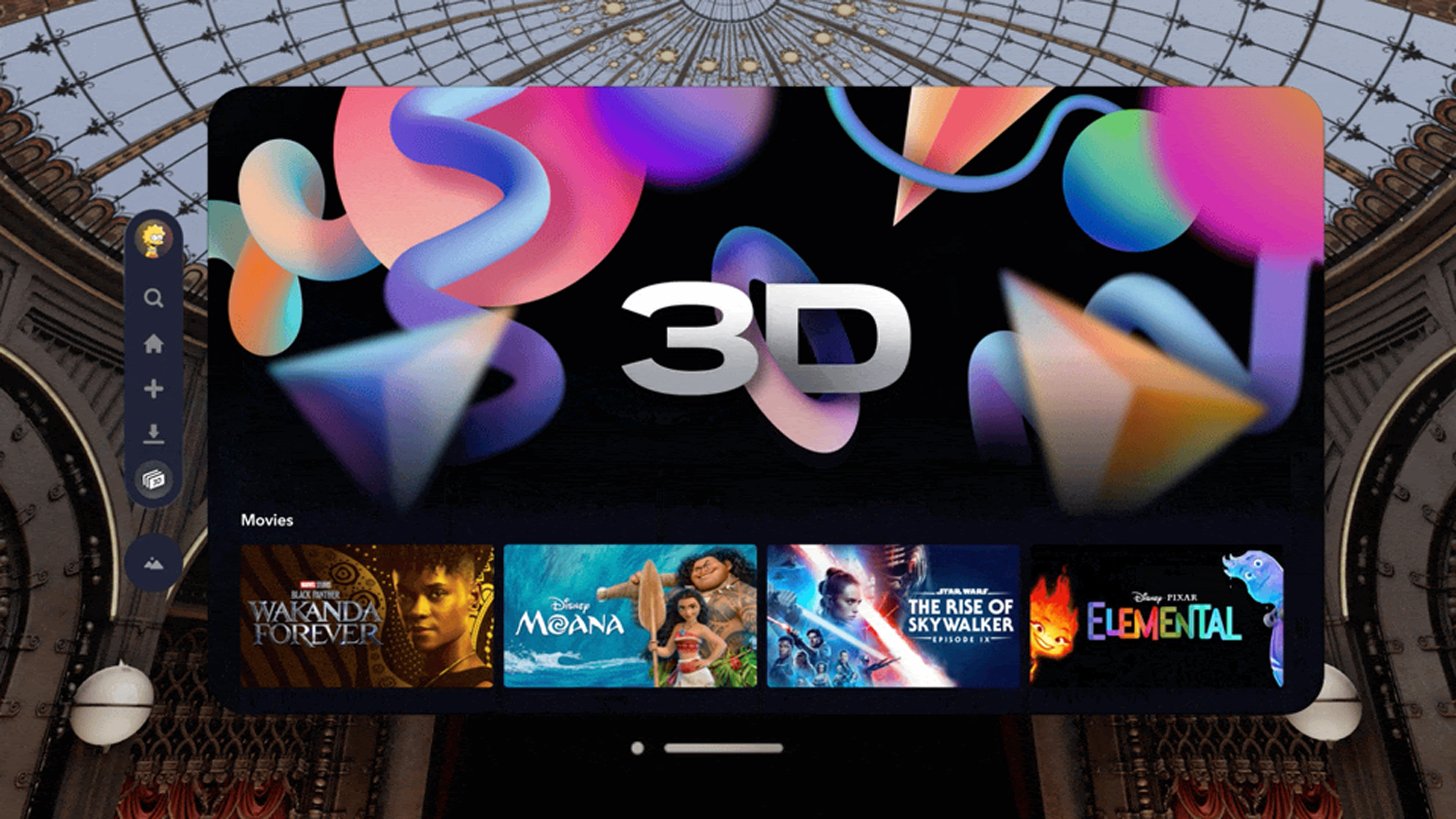
You could argue Meta counters with its fitness apps you won’t find on Vision Pro, but why can’t we have everything?
Right now, Quest has a tiny selection of streaming services, and only YouTube feels all that worthwhile; Netflix and Prime Video aren’t worth your time at all, even if you already subscribe to the services. In contrast, the Vision Pro has a jam-packed streaming library plus easy 3D video access through Disney Plus. Getting 3D films onto your Quest is a lot more tedious.
I asked Meta if it had plans to bring more of the best streaming services to Quest and a representative told me it had “no additional information to share at this time.”
I’m hoping this means something is in the works, but we’ll have to wait and see.
A removable battery, but not how you think
One of the Vision Pro’s most hated features is its external battery, which hangs from a cable and sits in your pocket. I’ve come to its defense in the past because I think taking the battery out is kind of a great idea for productivity-centric headsets, but I’d much rather the Quest Pro 2 goes the route of the HTC Vive XR Elite.
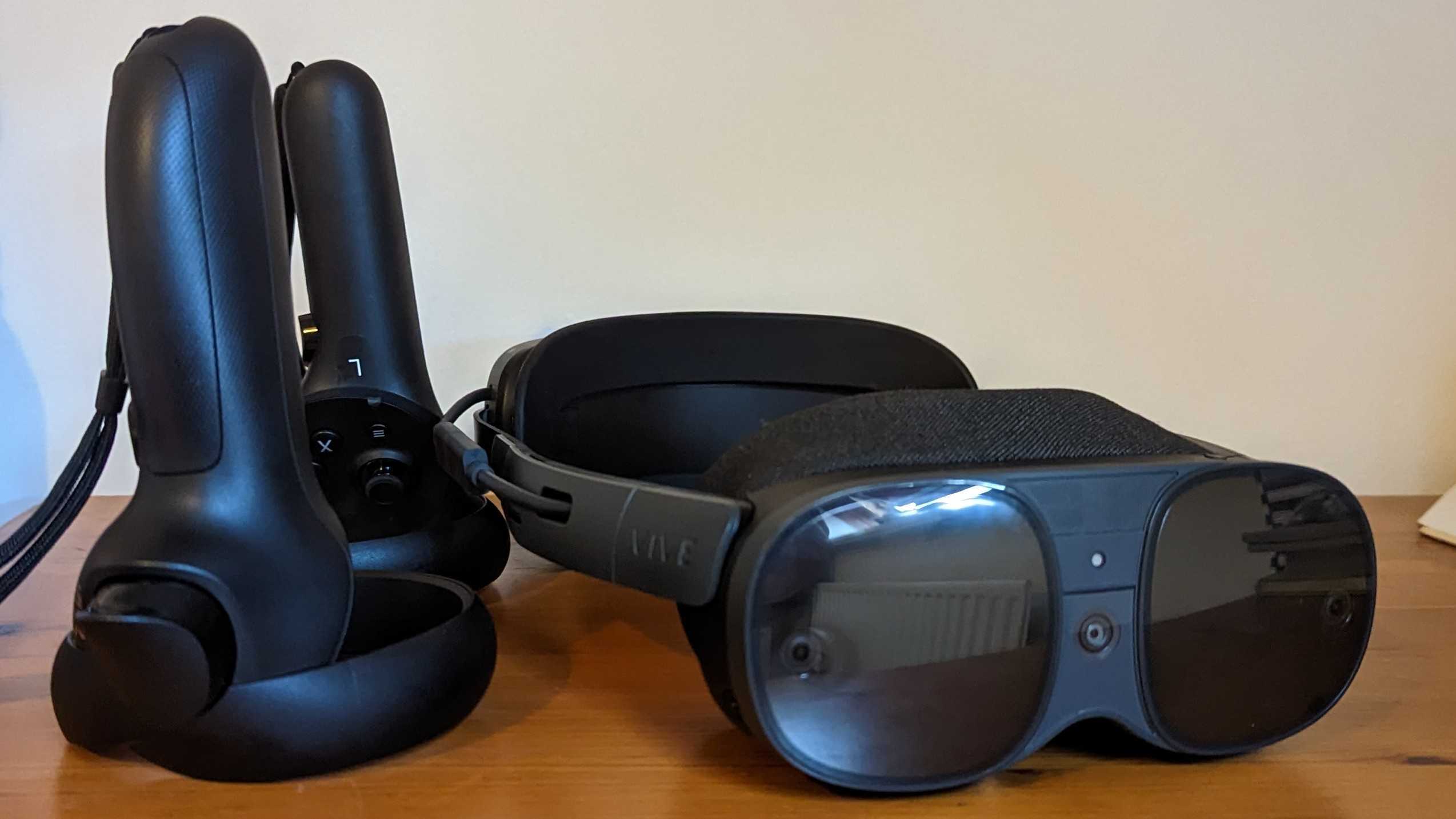
When I tested the headset for our HTC Vive XR Elite review, it overall left me disappointed. But even now I can’t stop thinking about its removable battery pack that turned the headset into significantly lighter glasses.
To use them like this you did have to plug them directly into a power source or PC – and there was an issue with the glasses feeling a little like they might fall off my face – though it was a lot easier to wear the 273g specs for long periods compared to the 722g Quest Pro, and I imagine it’s easier than wearing the 600g Vision Pro too.
Considering that for work or watching a film you’ll need longer than the 2 hours offered by most headset’s internal batteries anyway – so you have to plug into an outlet – why not have the option to get rid of it? If you aren’t moving around much, then being tethered isn’t that big of an issue anyway.
When you do want to get up and work out or play a game you can just plug the battery back in. This design feature is honestly great so I really want to see it in an equally great headset.







